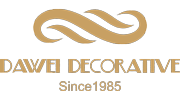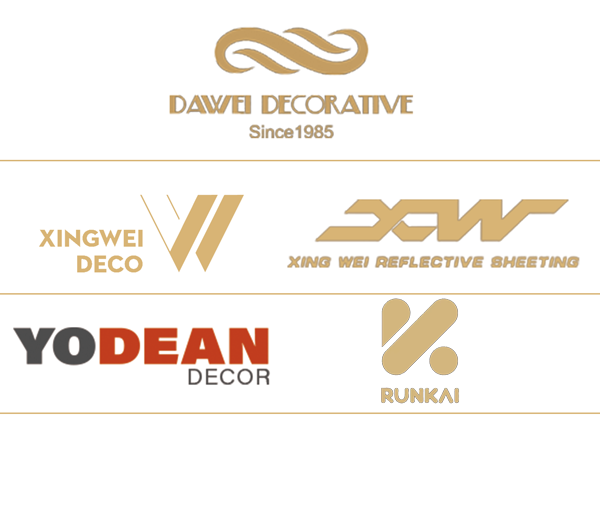To edgeband melamine cabinets, you need to follow some simple steps. First, you must purchase a strip of melamine. You can get this from a hardware store or home center. Once you have the strips, you can use an edge-banding trimmer to trim the overhanging edges flush with the melamine surface. This tool costs around $20. You can also purchase shelves with finished edges at hardware stores or home centers. However, you should keep in mind that the color selection might be limited.
Pre-glued melamine edgebanding
Pre-glued melamine edgebanding is a great solution for covering edges and surfaces. Made from a combination of plastic and paper, melamine edgebanding adheres to surfaces firmly and easily. Heat guns or hair dryers can be used to activate the adhesive, and the edges can then be trimmed with a utility knife or sanding.
Pre-glued melamine edgebanding is a durable edgebanding material that conceals exposed melamine sheet goods. This material comes in various lengths, widths, and colors. For ease of installation, melamine edgebanding is available in rolls of 50 feet and 250 feet.
Melamine edgebanding is superior to most edgebanding solutions in the market and is compatible with most types of furniture materials. The material is available in a variety of shades, colors, and wood grain patterns, making it a versatile edgebanding solution. It is a cost-effective solution for protecting the edges of wooden furniture.
Using a scoring blade
If you’re working with melamine, a scoring blade is an excellent way to achieve a clean, even edge. A scoring blade can be used on a table saw or a jigsaw to create a clean edge. However, proper alignment and setup are crucial to ensuring a clean cut. The best blade for melamine is a negative tooth blade, which offers a sharper angle for scoring the material. It will also minimize backside tearout.
A scoring blade works by creating a step on the bottom edge of a board. It’s set slightly wider than the main blade, which prevents chipping from the main blade. This offset will also give you a wider glue line on one side of the panel.
Another option is to use an edge-banding trimmer. These edge-banding tools are available at home centers or online for about $20. These edgebanding tools will also help you finish the edges on your melamine pieces. In this way, you can ensure a finished look.
Using a block of wood
When you’re working on frameless cabinetry, a good way to make sure that the raw edges of the melamine are covered is to use a block of wood as an edgeband. A solid block of wood is a good choice because it matches the melamine, and it will add durability and reduce labor costs.
Once you’ve cut the edgebanding to size, it’s time to prep the edges of the melamine panels. This can take a while, so be sure to allow yourself enough time to finish the job. You can edgeband using wood, polyester, or melamine.
To make sure that the edges are perfectly aligned, cut the edge banding a little longer than necessary. This will make it easier to position while ironing. Then, press the banding onto the substrate with a block of wood. You may want to re-heat the wood block to help it adhere to the edges.
Using PVC tape
PVC tape is an excellent choice for edgebanding melamine-covered furniture. This material adheres well to the surface and is resistant to chipping. It can be applied with contact cement spray. You can use a wide chisel to trim the edges of the tape, but be sure not to dig into the wood.
PVC Edgebanding has been a popular choice among the North American woodworking industry for decades. This material has a wide operating window and is suitable for all edgebanding jobs. You can find PVC edgebanding in a wide variety of sizes and colors at Dawei Decorative. It matches the edgebanding requirements of high pressure laminate manufacturers.


Leave a Reply
Want to join the discussion?Feel free to contribute!